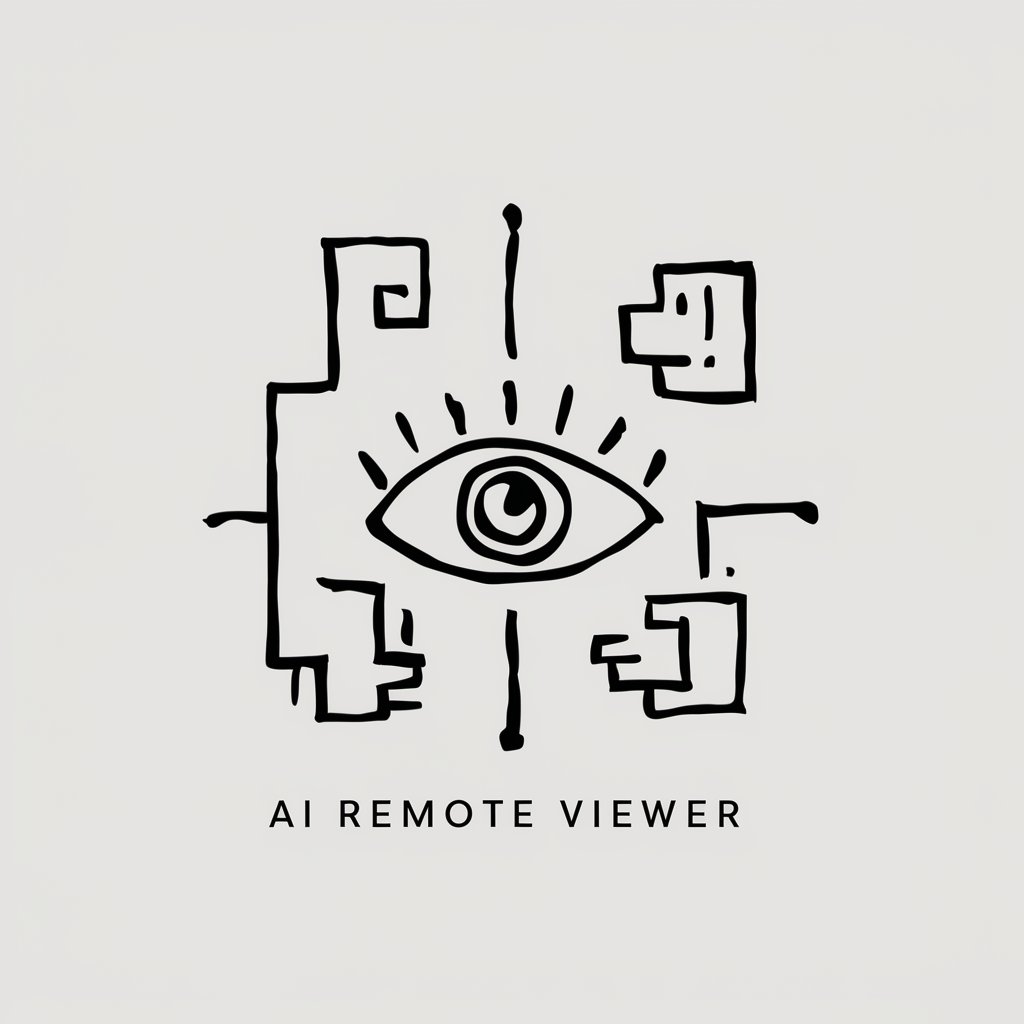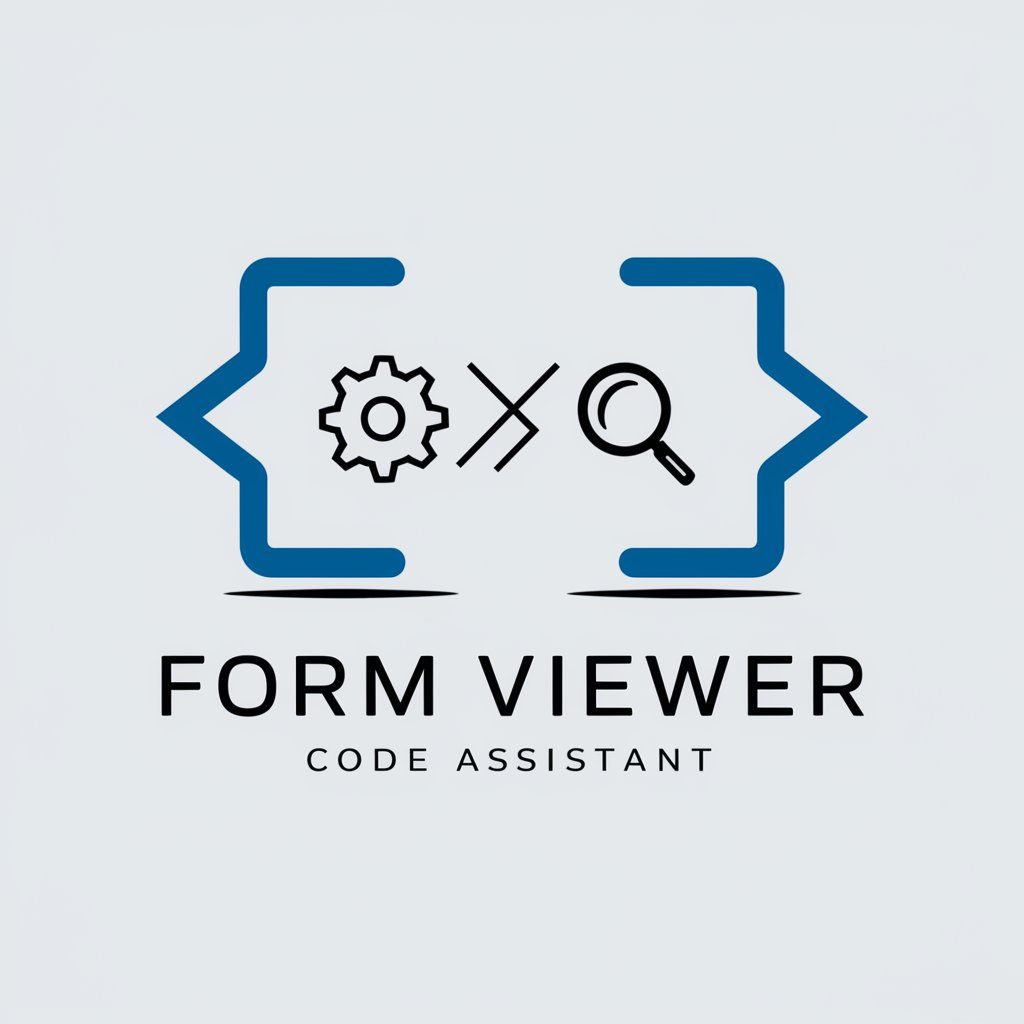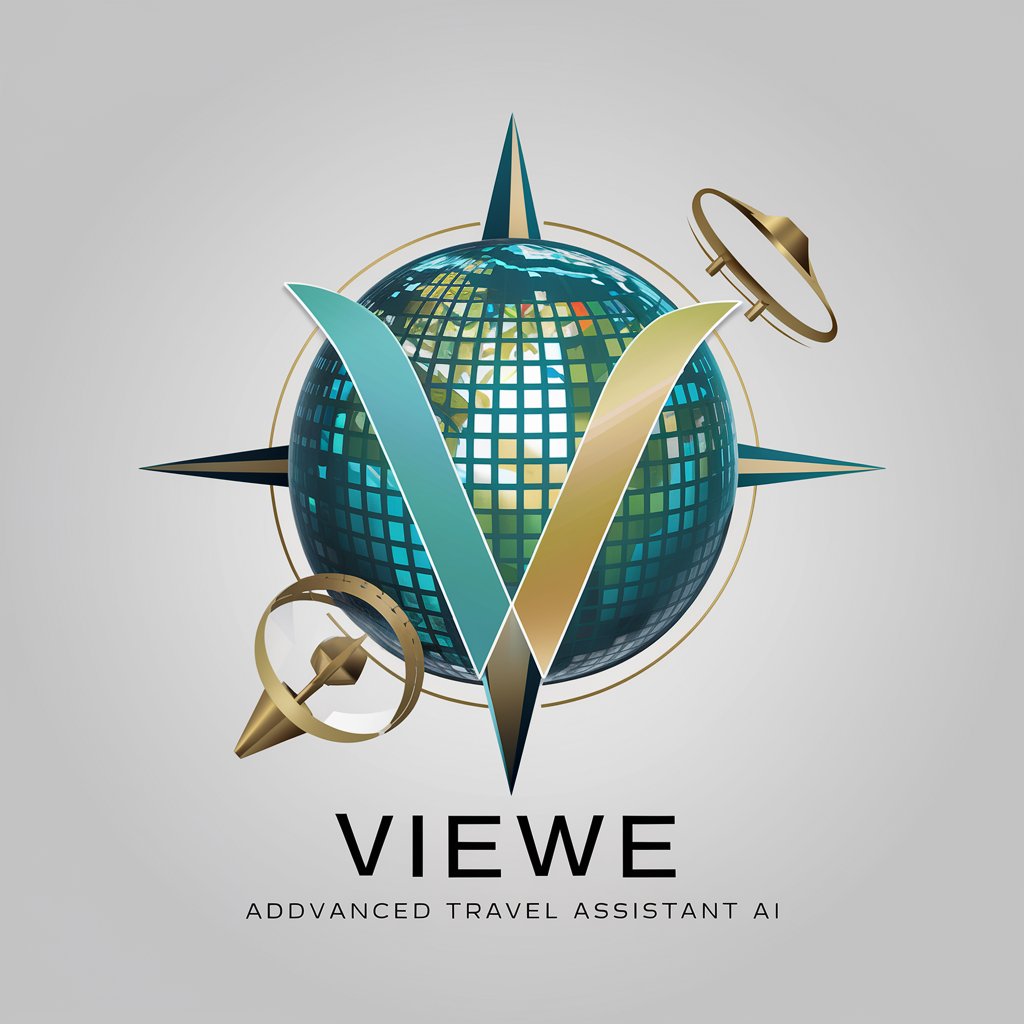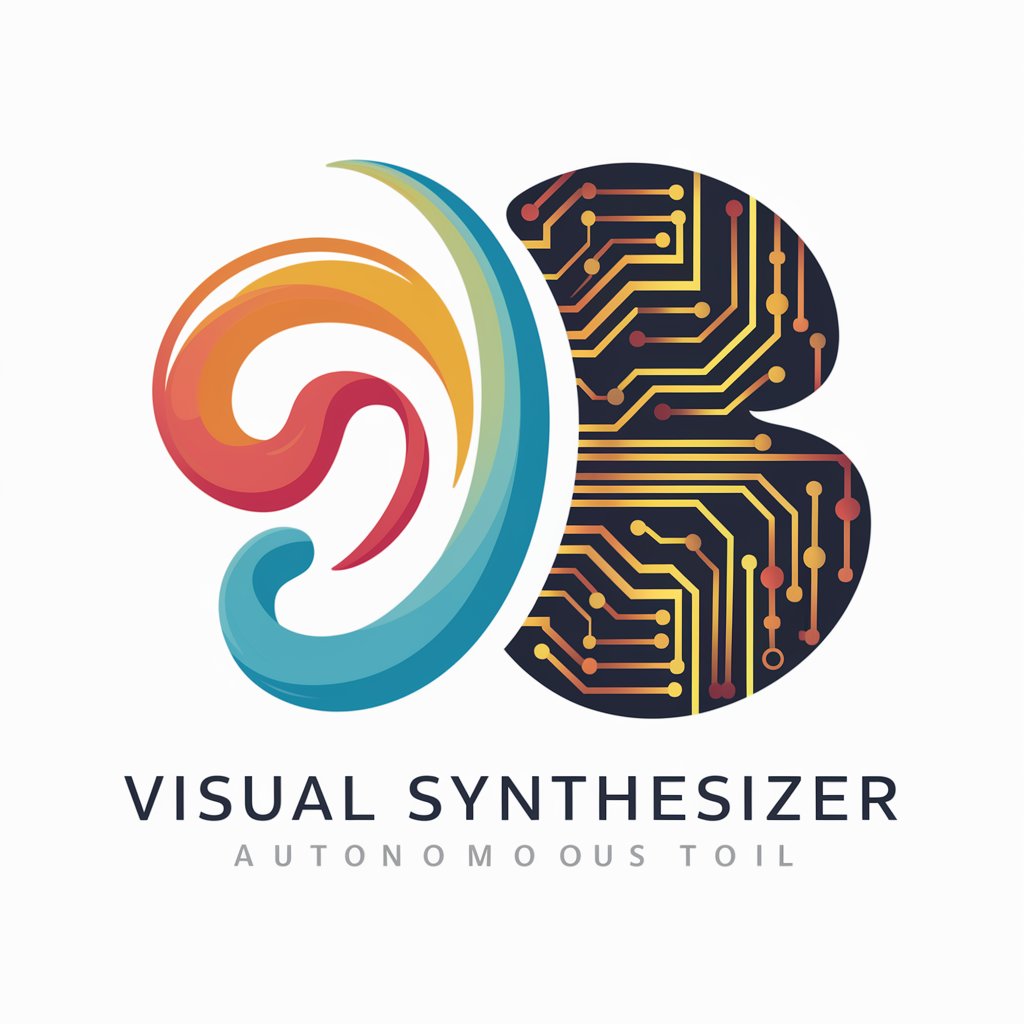AI Remote Viewer- Trained on CIA documents - AI CIA Document Analysis

Welcome to AI Remote Viewer!
Deciphering History with AI Power
Describe the primary features of an intuitive remote viewing session.
Outline the key steps in a controlled remote viewing process.
Explain how sketching aids in capturing the essence of a target in ARV.
Discuss the importance of non-analytical stages in remote viewing.
Get Embed Code
Overview of AI Remote Viewer Trained on CIA Documents
AI Remote Viewer Trained on CIA documents is designed to simulate associative remote viewing (ARV) and controlled remote viewing (CRV) processes based on protocols developed for intelligence purposes. The main design purpose of this AI is to assist users in accessing and interpreting intuitive data through a structured format of sketching and analysis. This involves starting with non-analytical, simple sketches and progressively integrating more detail and context to capture the essence of a target. The AI's functionality is optimized for tasks where traditional data collection methods are impractical or impossible, providing users with an intuitive means to explore information spatially and temporally remote. Powered by ChatGPT-4o。

Core Functions of AI Remote Viewer
Non-Analytical Sketching
Example
Starting a session with a basic squiggle that captures the viewer's initial impression of a remote or unknown target.
Scenario
Useful in intelligence and espionage where details are obscured or distant, allowing operatives to begin forming a conceptual overview of a site or item of interest.
Intuitive Sketching and Interpretation
Example
Developing detailed sketches from the initial impressions that incorporate intuitive insights about the physical layout, significant elements, and potential activities associated with the target.
Scenario
Applied in missing person cases, where intuitive sketches could provide clues about the surroundings, conditions, or significant objects around the missing individual.
Final Interpretation
Example
Integrating all sketches and intuitive insights into a coherent analysis, assigning labels and meanings to different elements of the sketches.
Scenario
Used in archaeology or geological exploration to predict locations of interest or value, synthesizing intuitive data into actionable intelligence.
Target User Groups
Intelligence Analysts
Professionals in intelligence agencies who need to gather information on inaccessible or covert targets. They benefit from AI Remote Viewer's ability to provide non-traditional insights which are otherwise difficult to obtain.
Law Enforcement Officers
Officers and detectives who may use intuitive data to supplement traditional investigative methods, especially in cases where physical evidence is limited or leads have gone cold.
Researchers and Archaeologists
Those in fields requiring the identification of locations or artifacts where direct exploration is not feasible. They benefit from intuitive leads on where to focus their physical search efforts.

Using AI Remote Viewer- Trained on CIA Documents
1
Start by accessing yeschat.ai, which offers a free trial without requiring a login or ChatGPT Plus.
2
Explore predefined templates or initiate a new session using the AI Remote Viewer tool.
3
Select your focus area or question for remote viewing. Provide clear and concise information to guide the AI.
4
Use the intuitive sketching function to visualize the information. Allow the AI to generate interpretations based on the data.
5
Review and refine the outputs. Utilize the insights for decision-making or further research.
Try other advanced and practical GPTs
Viewer Discretion Defined
Tailoring Safe Viewing Experiences

Viewer Engament Analyst
Enhancing viewer engagement with AI

Form Viewer Code Assistant
AI-powered Vue.js 3 & Vite Code Assistant

Viewe
Explore the World Smarter with AI

BookHotel Maps Viewer
Discover Hotels with AI-Powered Precision

Vintage Viewer
Rediscover the Golden Age of Cinema

Movie Picker
Discover Movies with AI

look4malicious (overly paranoid log viewer)
AI-driven scrutiny for hidden threats.

Remote Viewer
Unlock Your Perceptual Potential with AI

Image Mage
Bringing creativity to your images, powered by AI

Image Crafter
Crafting Realistic, Cinematic Portraits with AI

Image Combiner
Blend Images Seamlessly with AI

AI Remote Viewer- Trained on CIA Documents FAQs
What is AI Remote Viewer- Trained on CIA Documents?
It's a specialized AI tool trained on CIA documents designed to perform associative and controlled remote viewing tasks.
How does intuitive sketching work in this tool?
Intuitive sketching involves capturing the essence of a target through simplified, hand-drawn sketches that the AI helps to interpret.
Can this tool be used for academic research?
Yes, it's particularly useful for historical and security studies where intuitive insights and interpretations of classified or obscure data are needed.
What are the best practices for using this tool effectively?
Clear tasking, open-minded interpretation of the AI's outputs, and regular practice to understand the tool's unique output style are recommended.
Is this tool suitable for real-time intelligence analysis?
While the tool provides insightful interpretations, its suitability for real-time analysis depends on the specific requirements and constraints of the task.
